Albert Bifet
albert.bifet@telecom-paristech.fr
Online Isolation Forest
May 14, 2025Abstract:The anomaly detection literature is abundant with offline methods, which require repeated access to data in memory, and impose impractical assumptions when applied to a streaming context. Existing online anomaly detection methods also generally fail to address these constraints, resorting to periodic retraining to adapt to the online context. We propose Online-iForest, a novel method explicitly designed for streaming conditions that seamlessly tracks the data generating process as it evolves over time. Experimental validation on real-world datasets demonstrated that Online-iForest is on par with online alternatives and closely rivals state-of-the-art offline anomaly detection techniques that undergo periodic retraining. Notably, Online-iForest consistently outperforms all competitors in terms of efficiency, making it a promising solution in applications where fast identification of anomalies is of primary importance such as cybersecurity, fraud and fault detection.
Evaluation for Regression Analyses on Evolving Data Streams
Feb 11, 2025



Abstract:The paper explores the challenges of regression analysis in evolving data streams, an area that remains relatively underexplored compared to classification. We propose a standardized evaluation process for regression and prediction interval tasks in streaming contexts. Additionally, we introduce an innovative drift simulation strategy capable of synthesizing various drift types, including the less-studied incremental drift. Comprehensive experiments with state-of-the-art methods, conducted under the proposed process, validate the effectiveness and robustness of our approach.
CapyMOA: Efficient Machine Learning for Data Streams in Python
Feb 11, 2025Abstract:CapyMOA is an open-source library designed for efficient machine learning on streaming data. It provides a structured framework for real-time learning and evaluation, featuring a flexible data representation. CapyMOA includes an extensible architecture that allows integration with external frameworks such as MOA and PyTorch, facilitating hybrid learning approaches that combine traditional online algorithms with deep learning techniques. By emphasizing adaptability, scalability, and usability, CapyMOA allows researchers and practitioners to tackle dynamic learning challenges across various domains.
Optimizing Hyperparameters for Quantum Data Re-Uploaders in Calorimetric Particle Identification
Dec 16, 2024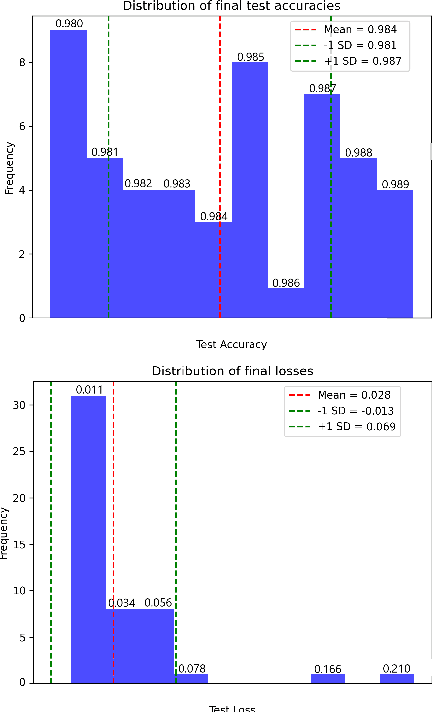

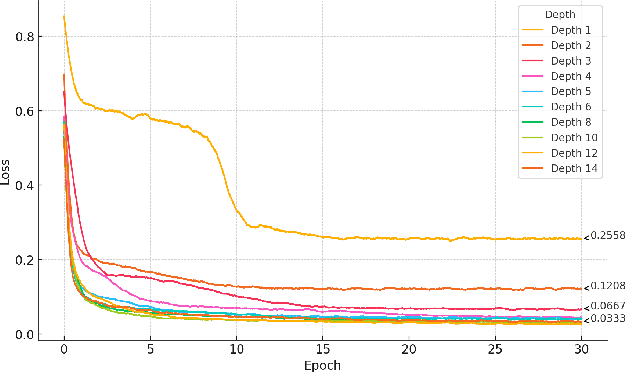

Abstract:We present an application of a single-qubit Data Re-Uploading (QRU) quantum model for particle classification in calorimetric experiments. Optimized for Noisy Intermediate-Scale Quantum (NISQ) devices, this model requires minimal qubits while delivering strong classification performance. Evaluated on a novel simulated dataset specific to particle physics, the QRU model achieves high accuracy in classifying particle types. Through a systematic exploration of model hyperparameters -- such as circuit depth, rotation gates, input normalization and the number of trainable parameters per input -- and training parameters like batch size, optimizer, loss function and learning rate, we assess their individual impacts on model accuracy and efficiency. Additionally, we apply global optimization methods, uncovering hyperparameter correlations that further enhance performance. Our results indicate that the QRU model attains significant accuracy with efficient computational costs, underscoring its potential for practical quantum machine learning applications.
Real-Time Energy Pricing in New Zealand: An Evolving Stream Analysis
Aug 29, 2024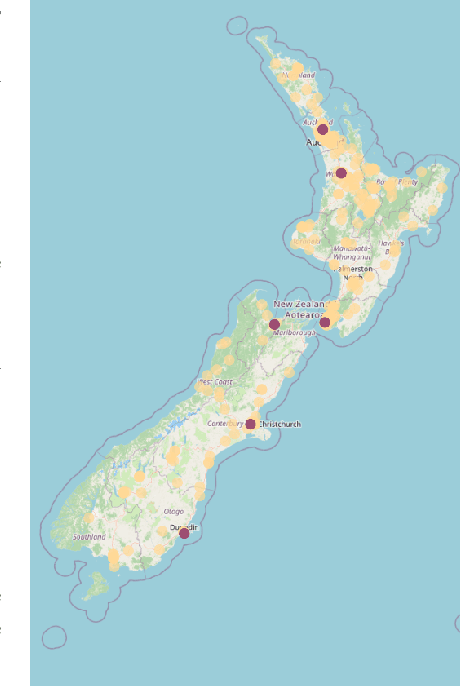
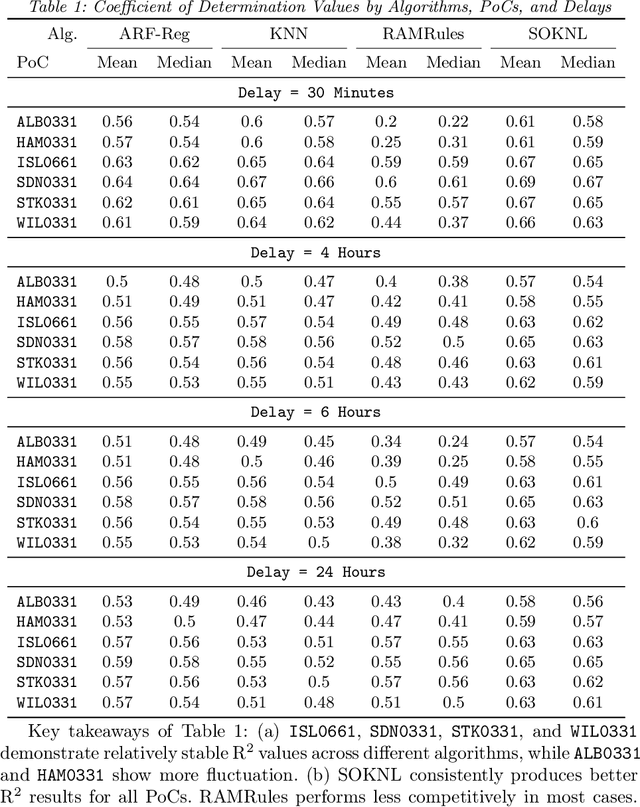
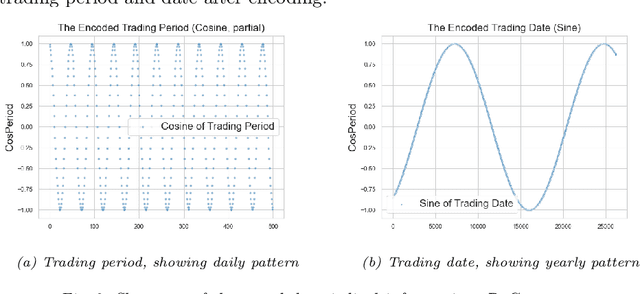
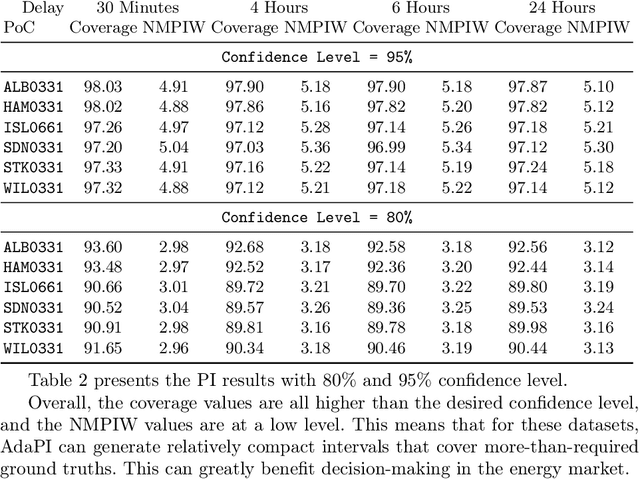
Abstract:This paper introduces a group of novel datasets representing real-time time-series and streaming data of energy prices in New Zealand, sourced from the Electricity Market Information (EMI) website maintained by the New Zealand government. The datasets are intended to address the scarcity of proper datasets for streaming regression learning tasks. We conduct extensive analyses and experiments on these datasets, covering preprocessing techniques, regression tasks, prediction intervals, concept drift detection, and anomaly detection. Our experiments demonstrate the datasets' utility and highlight the challenges and opportunities for future research in energy price forecasting.
A Probabilistic Framework for Adapting to Changing and Recurring Concepts in Data Streams
Aug 18, 2024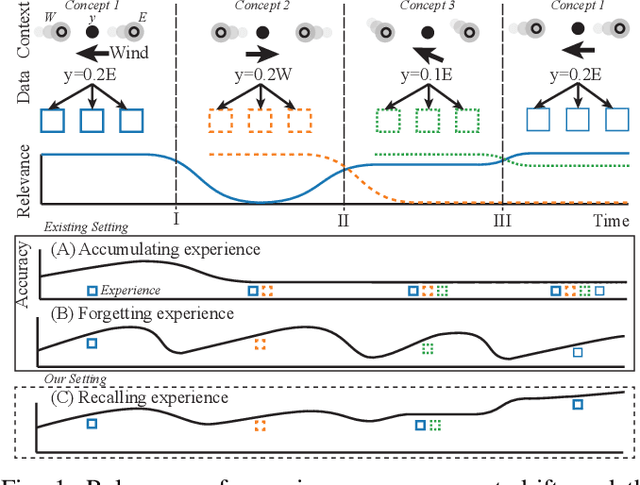


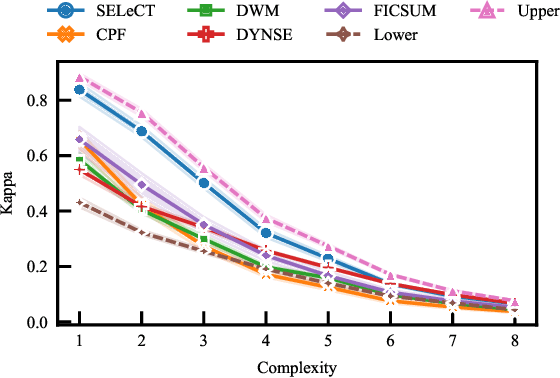
Abstract:The distribution of streaming data often changes over time as conditions change, a phenomenon known as concept drift. Only a subset of previous experience, collected in similar conditions, is relevant to learning an accurate classifier for current data. Learning from irrelevant experience describing a different concept can degrade performance. A system learning from streaming data must identify which recent experience is irrelevant when conditions change and which past experience is relevant when concepts reoccur, \textit{e.g.,} when weather events or financial patterns repeat. Existing streaming approaches either do not consider experience to change in relevance over time and thus cannot handle concept drift, or only consider the recency of experience and thus cannot handle recurring concepts, or only sparsely evaluate relevance and thus fail when concept drift is missed. To enable learning in changing conditions, we propose SELeCT, a probabilistic method for continuously evaluating the relevance of past experience. SELeCT maintains a distinct internal state for each concept, representing relevant experience with a unique classifier. We propose a Bayesian algorithm for estimating state relevance, combining the likelihood of drawing recent observations from a given state with a transition pattern prior based on the system's current state.
Branches: A Fast Dynamic Programming and Branch & Bound Algorithm for Optimal Decision Trees
Jun 04, 2024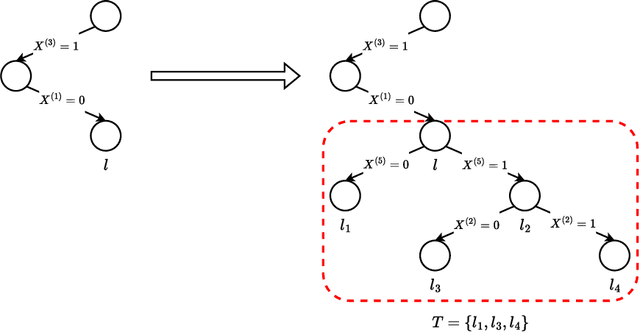


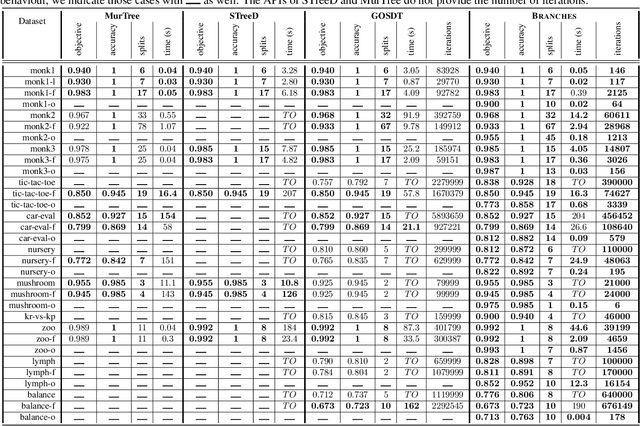
Abstract:Decision Tree Learning is a fundamental problem for Interpretable Machine Learning, yet it poses a formidable optimization challenge. Despite numerous efforts dating back to the early 1990's, practical algorithms have only recently emerged, primarily leveraging Dynamic Programming (DP) and Branch & Bound (B&B) techniques. These breakthroughs led to the development of two distinct approaches. Algorithms like DL8.5 and MurTree operate on the space of nodes (or branches), they are very fast, but do not penalise complex Decision Trees, i.e. they do not solve for sparsity. On the other hand, algorithms like OSDT and GOSDT operate on the space of Decision Trees, they solve for sparsity but at the detriment of speed. In this work, we introduce Branches, a novel algorithm that integrates the strengths of both paradigms. Leveraging DP and B&B, Branches achieves exceptional speed while also solving for sparsity. Central to its efficiency is a novel analytical bound enabling substantial pruning of the search space. Theoretical analysis demonstrates that Branches has lower complexity compared to state-of-the-art methods, a claim validated through extensive empirical evaluation. Our results illustrate that Branches not only greatly outperforms existing approaches in terms of speed and number of iterations, it also consistently yields optimal Decision Trees.
A Retrospective of the Tutorial on Opportunities and Challenges of Online Deep Learning
May 28, 2024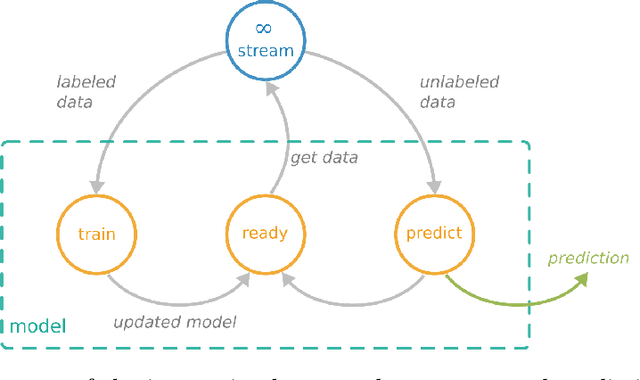


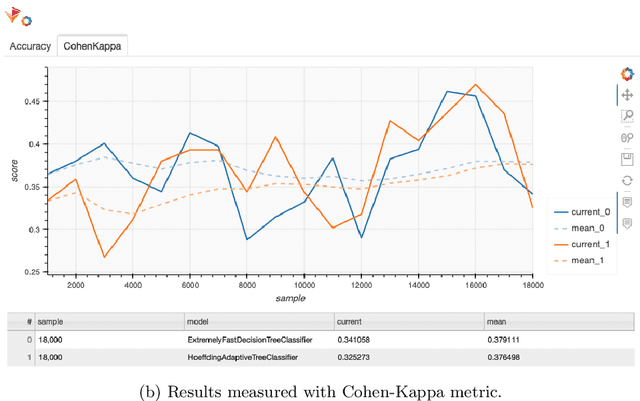
Abstract:Machine learning algorithms have become indispensable in today's world. They support and accelerate the way we make decisions based on the data at hand. This acceleration means that data structures that were valid at one moment could no longer be valid in the future. With these changing data structures, it is necessary to adapt machine learning (ML) systems incrementally to the new data. This is done with the use of online learning or continuous ML technologies. While deep learning technologies have shown exceptional performance on predefined datasets, they have not been widely applied to online, streaming, and continuous learning. In this retrospective of our tutorial titled Opportunities and Challenges of Online Deep Learning held at ECML PKDD 2023, we provide a brief overview of the opportunities but also the potential pitfalls for the application of neural networks in online learning environments using the frameworks River and Deep-River.
Online Learning of Decision Trees with Thompson Sampling
Apr 09, 2024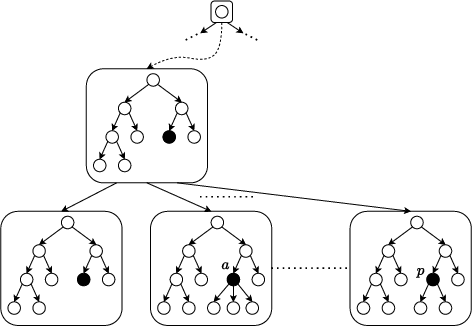
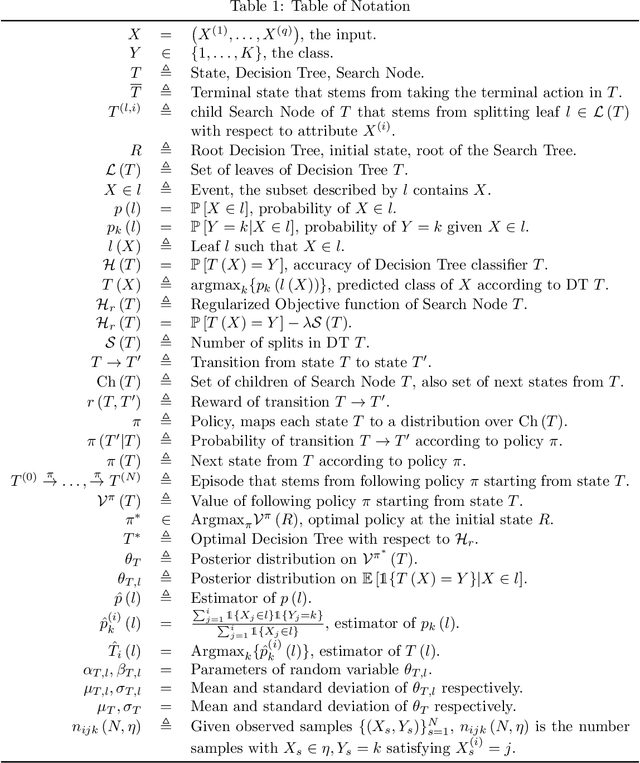
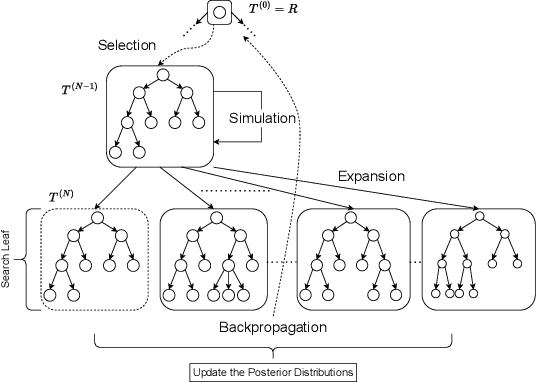
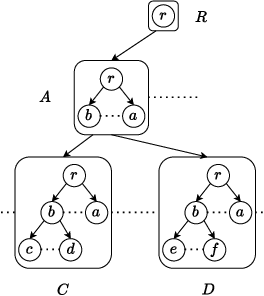
Abstract:Decision Trees are prominent prediction models for interpretable Machine Learning. They have been thoroughly researched, mostly in the batch setting with a fixed labelled dataset, leading to popular algorithms such as C4.5, ID3 and CART. Unfortunately, these methods are of heuristic nature, they rely on greedy splits offering no guarantees of global optimality and often leading to unnecessarily complex and hard-to-interpret Decision Trees. Recent breakthroughs addressed this suboptimality issue in the batch setting, but no such work has considered the online setting with data arriving in a stream. To this end, we devise a new Monte Carlo Tree Search algorithm, Thompson Sampling Decision Trees (TSDT), able to produce optimal Decision Trees in an online setting. We analyse our algorithm and prove its almost sure convergence to the optimal tree. Furthermore, we conduct extensive experiments to validate our findings empirically. The proposed TSDT outperforms existing algorithms on several benchmarks, all while presenting the practical advantage of being tailored to the online setting.
Look At Me, No Replay! SurpriseNet: Anomaly Detection Inspired Class Incremental Learning
Oct 30, 2023

Abstract:Continual learning aims to create artificial neural networks capable of accumulating knowledge and skills through incremental training on a sequence of tasks. The main challenge of continual learning is catastrophic interference, wherein new knowledge overrides or interferes with past knowledge, leading to forgetting. An associated issue is the problem of learning "cross-task knowledge," where models fail to acquire and retain knowledge that helps differentiate classes across task boundaries. A common solution to both problems is "replay," where a limited buffer of past instances is utilized to learn cross-task knowledge and mitigate catastrophic interference. However, a notable drawback of these methods is their tendency to overfit the limited replay buffer. In contrast, our proposed solution, SurpriseNet, addresses catastrophic interference by employing a parameter isolation method and learning cross-task knowledge using an auto-encoder inspired by anomaly detection. SurpriseNet is applicable to both structured and unstructured data, as it does not rely on image-specific inductive biases. We have conducted empirical experiments demonstrating the strengths of SurpriseNet on various traditional vision continual-learning benchmarks, as well as on structured data datasets. Source code made available at https://doi.org/10.5281/zenodo.8247906 and https://github.com/tachyonicClock/SurpriseNet-CIKM-23
 Add to Chrome
Add to Chrome Add to Firefox
Add to Firefox Add to Edge
Add to Edge